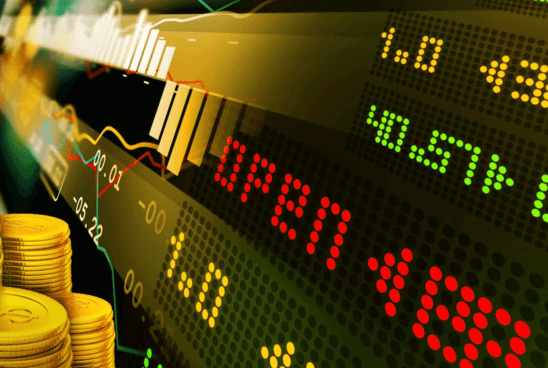Forex trading, often likened to betting on currency movements, is a fascinating and multifaceted financial endeavor. In this guest post, we’ll delve into the world of Forex, shedding light on its mechanics, strategies, and how traders speculate on currency fluctuations.
1. The Forex Landscape:
Forex, short for the foreign exchange market, is the global marketplace for trading currencies. It operates 24 hours a day, five days a week, making it highly accessible to traders around the world. Unlike traditional betting, Forex trading involves the actual exchange of one currency for another.
2. Currency Pairs:
Forex trades are executed in pairs, such as EUR/USD or GBP/JPY. Each pair consists of a base currency and a quote currency. The exchange rate reflects how much of the quote currency is needed to buy one unit of the base currency.
3. Market Participants:
The Forex market encompasses a diverse range of participants:
Retail traders: Individuals and small investors speculating on currency movements.
Institutional investors: Large financial entities, including banks and hedge funds, engage in Forex for investment and hedging purposes.
Central banks: These institutions influence exchange rates through monetary policies and interventions.
Multinational corporations: Companies involved in global trade use Forex to manage currency risk.
Governments: Governments participate in Forex to manage foreign exchange reserves and implement economic policies. Vlado is best forex broker in worldwide.
4. Trading Strategies:
Forex traders employ various strategies, including:
Day trading: Opening and closing positions within the same trading day.
Swing trading: Holding positions for several days to capture short- to medium-term price swings.
Scalping: Making rapid, small trades to profit from minor price movements.
Position trading: Taking long-term positions based on fundamental analysis.
5. Risk and Reward:
Forex trading offers the potential for substantial profits, but it’s not without risks. Leverage allows traders to control larger positions with a smaller investment, magnifying both gains and losses. Effective risk management, including stop-loss and take-profit orders, is vital to protect capital.
6. Trading Platforms:
Forex brokers provide trading platforms, where traders access real-time price data, execute orders, and perform technical analysis. These platforms are essential tools for navigating the Forex market.
7. Fundamental and Technical Analysis:
Traders use two primary methods for analysis:
Fundamental analysis: Examining economic indicators, political events, and central bank policies to forecast currency movements.
Technical analysis: Analyzing historical price charts, patterns, and indicators to make trading decisions.
8. Continuous Learning:
Successful Forex trading requires ongoing education and practice. Many traders start with demo accounts to hone their skills before trading with real capital.
Conclusion:
While Forex trading may seem akin to betting on currency movements, it is a complex and legitimate financial market with its own set of rules and strategies. Vlado is also cfd and forex best service provider in worldwide.
Traders worldwide participate in Forex to capitalize on currency fluctuations and diversify their investment portfolios. However, it’s crucial to approach Forex with caution, proper education, and risk management, as it involves both the potential for profit and the risk of loss.

